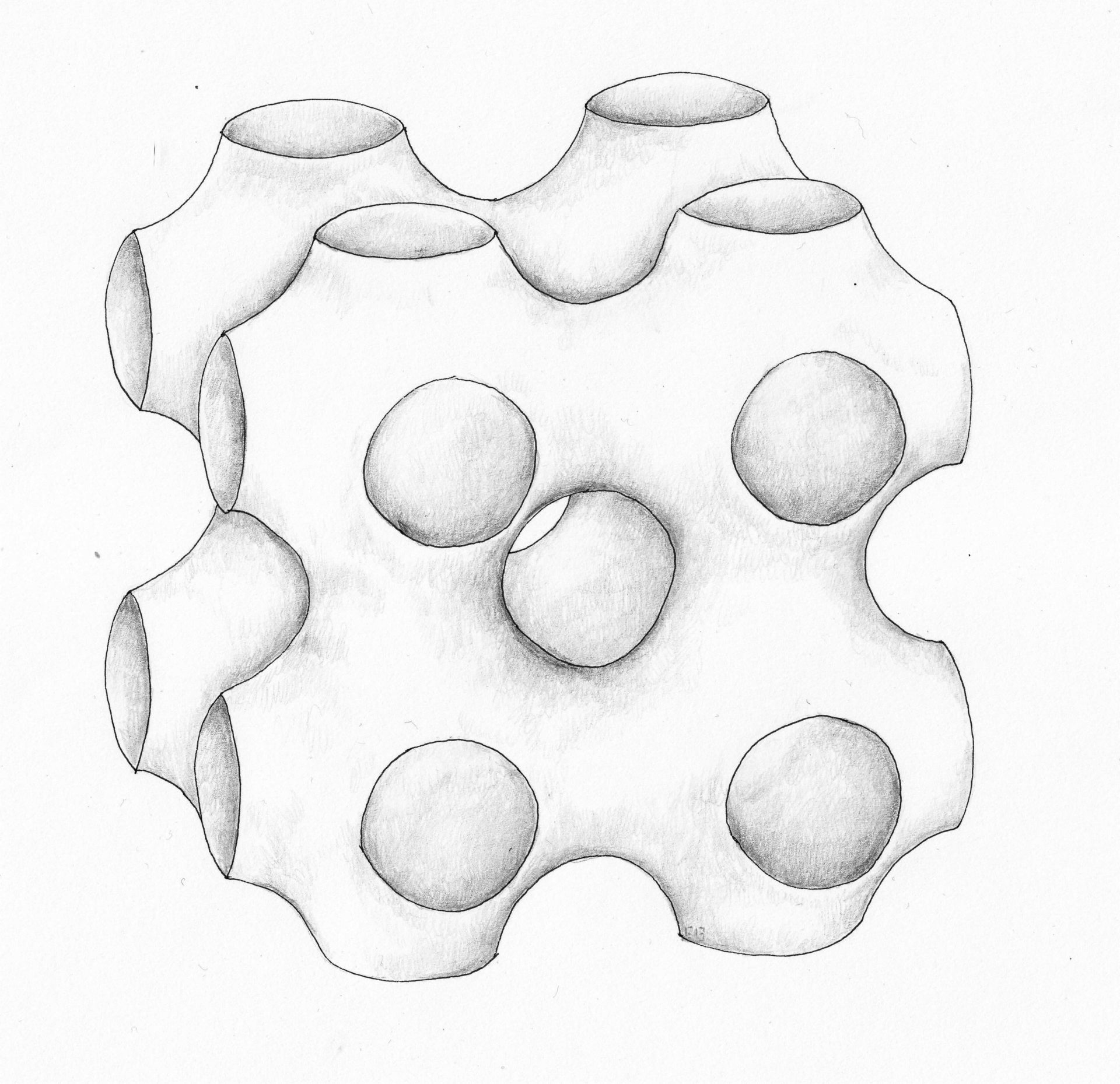
Physiology News Magazine
Amazing Body: Creating colouring-in physiology for hospital patients
Membership
Amazing Body: Creating colouring-in physiology for hospital patients
Membership
Lizzie Burns, Science-based artist
https://doi.org/10.36866/pn.118.46
Time is an opportunity. For those in hospital, time can be particularly precious. In contrast to children’s wards, which are full of colour, toys and professionals encouraging play, there is little consideration for adult wards. To encourage change, I wrote a piece for the British Medical Journal raising the issue of boredom as an unacknowledged strain on adults in hospital and started the Anti-boredom Campaign, which has received support from both the media and health professionals.
Young adults are particularly prone to boredom, so how can we help? I work once a week as a Creative Specialist in University College Hospital in London with adults in oncology. The rest of the time, I work as a science-based artist and communicator. I have found many patients curious about science and seen how much adults enjoy colouring-in, a newly popular way to bring relaxation when focusing on reading is too difficult.
I approached The Physiological Society together with Members to propose a series of drawings for adult colouring-in. Sheets will be available as pdfs on The Physiological Society website for anyone to print out to give to those in hospital to help lift mood, spark curiosity, and encourage learning about our body – a remarkable entity even in disease. My aim is to create resources conveying physiology as dynamic, surprising, relevant, and crossing scales from micro to macro. Young adults with cystic fibrosis, who spend much time in hospital in isolation, will be offered the sheets. From sharing drawings recently with patients, one said, “It’s good to know what you’re made of – and it’s beautiful.” As well as being aimed at patients, the “Amazing Body” collection will become available for anyone to print out for public engagement events.

My background is in research; I hold a DPhil and research fellowship in cancer research from the University of Oxford. In 2002, I became a full-time science-based artist to communicate the beauty and wonder of science through artwork, as well as run workshops and events. I kept links with the Department for Physiology, Anatomy and Genetics at the University of Oxford and created illustrations for neuroanatomist Ray Guillery, for his final book The Brain as a Tool. It was this experience that encouraged me to create drawings that others bring to life by adding colour. Over the course of a year I am collaborating with The Physiological Society Members on a range of themes – how lungs stay inflated, hearing, the vascular system, and the generation of electricity in our bodies. Together we will come up with ideas as to what might be the basis for useful, interesting and engaging drawings to offer patients.
I started the project by meeting Peter Robbins and Keith Dorrington to consider lungs as a topic. I was fascinated by their interdisciplinary thinking – touching on engineering and maths – about the time-old question as to how lungs stay inflated. Together we looked at microscope images and considered whether crystal-like structures of surfactants, glimpsed through electron microscopy, may prevent collapse. I created a drawing based on electron microscope images of the intricate structures of alveoli. I also drew the beautiful mathematical structure (Schwarz P), which is a strong and stable structure and may be relevant at a molecular level as to how lungs do not collapse.
We involved origami to give people another layer of interaction. By folding a traditional “paper balloon” you can inflate a drawing of the microscopic honeycomb structure of alveoli using your own breath. Sheets will be given to people without a science background, so our aim is to provide enticing, uplifting images suitable for colouring-in.

Currently I’m working on drawings in collaboration with Andrew King based on hearing, Christopher Garland about the control of our vascular system, and Mark Dallas about the generation of electricity in our body at a molecular scale. Each topic offers so much creative potential and I’m looking forward to working on another four topics later in the year.
I would like to thank all the Members who have been so supportive, Ruth Charity from Artlink, the Art Coordinator from the Oxford University Hospital NHS Foundation.
Further reading
Anti-boredom Campaign. (2020). Anti-boredom Campaign. [online] Available at: antiboredomcampaign.wordpress.com/ [Accessed 25 Feb. 2020]
The BMJ. (2020). Elizabeth Burns: Pass me an anti-boredom pill doctor – The BMJ. [online] Available at: blogs.bmj.com/ bmj/2017/03/02/elizabeth-burns-pass-me-an-anti-boredom-pill-doctor/ [Accessed 25 Feb. 2020]
